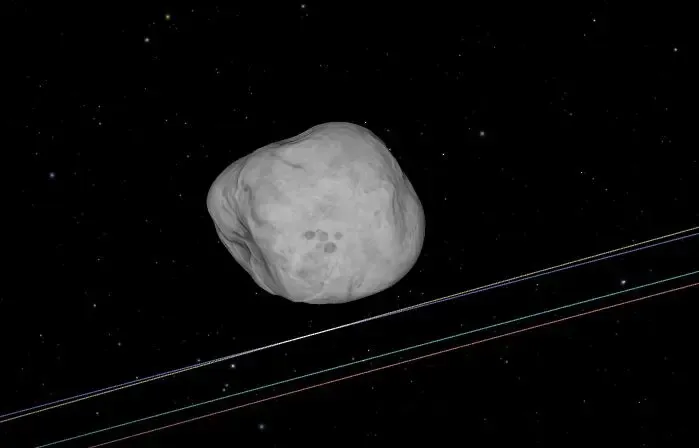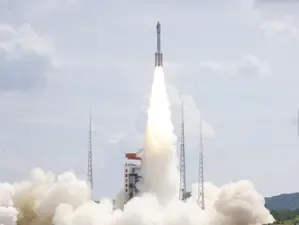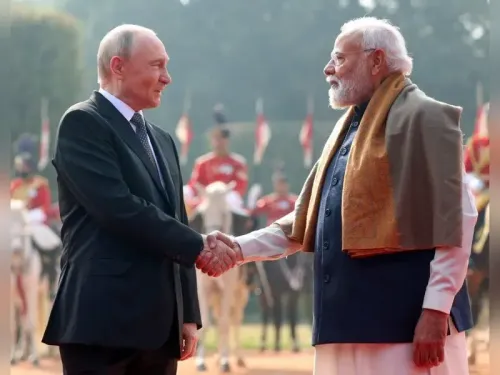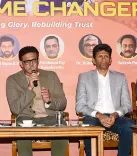Is 3I/ATLAS an artificial object? Indian Astrobiologist's findings

Synopsis
Key Takeaways
- The study proposes an eight-point model for detecting artificial activity in interstellar objects.
- It emphasizes empirical observation over speculation.
- Each point corresponds to observable signatures that can be analyzed with current technology.
- The framework is adaptable for future interstellar detections.
- This work supports the Interstellar Object Contact Mission (IOCM-1).
Mumbai, Oct 22 (NationPress) As the interstellar object 3I/ATLAS traverses the inner Solar System, a groundbreaking research paper by an Indian astrobiologist has introduced a systematic methodology to investigate whether such celestial visitors might exhibit signs of artificial activity.
3I/ATLAS is recognized as the third identified object originating from beyond our solar system, following ‘Oumuamua’ (discovered in 2017) and 2I/Borisov (discovered in 2019).
Published as a preprint on Zenodo, the study proposed an eight-point operational model aimed at analyzing measurable indicators—ranging from navigational changes to electromagnetic emissions—that could indicate non-natural behavior.
“This approach replaces speculation with empirical observation,” stated Pushkar Ganesh Vaidya, the paper's author and the lead scientist at the Indian Astrobiology Research Foundation (IARF).
“Any operational spacecraft, irrespective of its origin, must interact with its surroundings in ways we can detect. These interactions form the foundation of this framework,” he further explained.
While the research does not assert that 3I/ATLAS or any other interstellar objects are artificial, it establishes a method to evaluate such claims in a falsifiable, data-driven manner using current astronomical and planetary-science instruments.
Each of the eight indicators—including trajectory control, rotational behavior, electromagnetic or thermal modulation, and environmental perturbations—corresponds to observable signatures that can be assessed using ground-based telescopes or spacecraft sensors.
The framework is designed to be repeatable, scalable, and adaptable for future interstellar discoveries.
This work lays the scientific groundwork for the Interstellar Object Contact Mission (IOCM-1)—a venture aimed at placing a small signaling device on an interstellar object like 3I/ATLAS, marking the first intentional effort to communicate from Earth to other civilizations via an interstellar messenger.
“By perceiving these encounters as scientific opportunities rather than enigmas, we can broaden our understanding of both natural and potentially artificial processes in space,” Vaidya remarked. “It’s about formulating verifiable questions instead of jumping to conclusions.”
The publication comes as global observatories gear up for heightened interstellar-object detections through new sky surveys, including the Vera C. Rubin Observatory’s Legacy Survey of Space and Time (LSST).
Vaidya stressed that clear evaluation standards will be crucial as the discoveries of interstellar objects become increasingly common.










